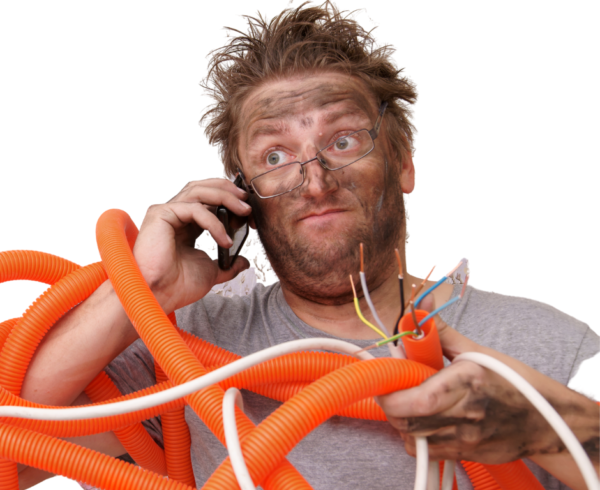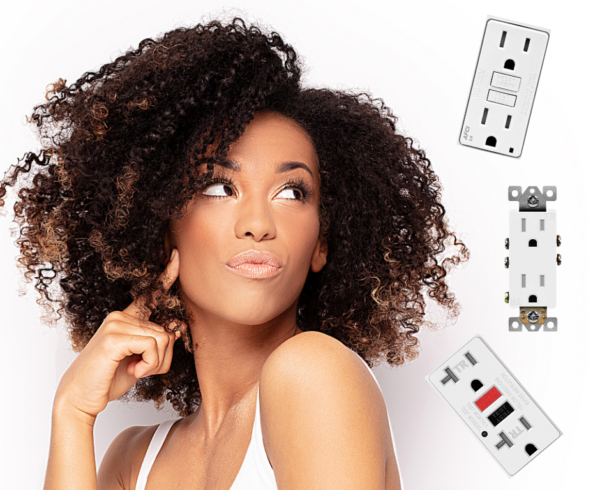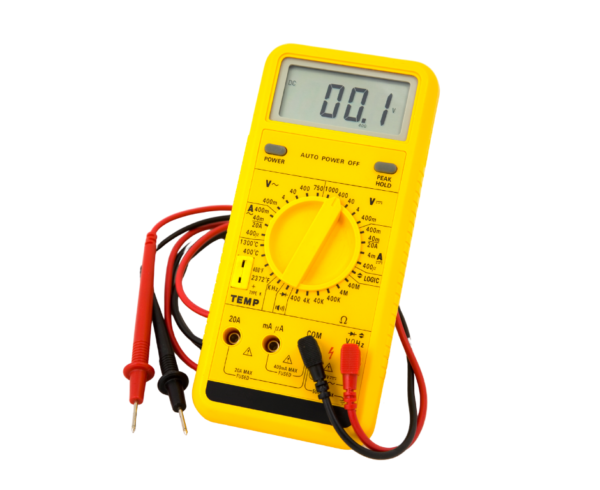
Most people would agree that Halloween is a fun activity that you can do as a family. Who doesn’t love collecting candies and dressing up in characters?
With all the new interior and exterior decorations on the market today, such as lights, music and projectors, we must take safety precautions to ensure that we are all remaining safe. Overlooking these safety precautions could cause serious electrical incidents and fires.
Follow the following tips to prevent electrical shocks or fires:
Inspect all equipment you are planning to use!
It is natural for your equipment, decorations, extension cords to age year after year. It will often get damaged after spending months without being used, and this is why a visual inspection is essential. It will allow you to identify which equipment is in good condition and which must be discarded and replaced (i.e., damaged extension cords).
We also recommend that you only use cables that meet safety standards. If you are unsure if your equipment is safe, you may want to call a professional who can assist you.
Precautions for interior decorations!
It would be best to place your electrical decorations near the electrical outlet and avoid using an extension cord. If this is not an option, we highly suggest that the extension cords are not placed in a high traffic area and visible to all.
Make sure not to use outside decorations inside your home as it could also cause danger.
Precautions for outdoor decorations!
Although inflatable decorations are fun and complement your Halloween decor, they can be a real danger to young children’s safety if not used wisely. When these structures are deflated and unsupervised, small children could suffocate if it is left unsupervised. It is crucial to store all unutilized inflatables in a secure area. The decorations are also very tall, and you must not get close to power lines.
Always make sure to clear extension cords from traffic areas to avoid the risk of tripping.
Our house exterior is usually the most decorated area of our home, which involves using several electrical types of equipment and drawing a large current. Homeowners should keep an eye on humidity levels and puddles that may have accumulated due to poor weather. Always keep in mind that water and electricity don’t mix even if it is outside your home.
Ensure that all your exterior outlets have a Ground Fault Circuit Interrupter (GFCIs). These outlets protect you against electric shocks.
Remember to protect your outdoor sockets against humidity, cold, and dirt using a fitted protective cover.
Select appropriate candles!
To avoid the risk of fire associated with tealight candles, we recommend using battery-powered candles. Battery-operated candles are safer, more secure, and more durable.
Avoid nailing or stapling your electrical wires and cables!
The clips are electrical conductors! Also, nailing or stapling electrical wire damages the insulating jacket, protecting you against electric shocks and electric fires.
Avoid highly flammable decorations!
Highly flammable decorations like paper and dried flowers should be avoided. If you insist on using them, make sure you keep them away from any heat source (i.e. light bulbs).
Avoid electrical overloads!
Avoid unpleasant surprises related to the overload of your electrical installation. It is a good idea to have your electrical system evaluated by a qualified electrician. This act will ensure that the consumption of the addition of electrical decorations will not cause an electrical overload. Always be sure to use extension cords capable of supporting the load you need!
Avoid fires and save money!
When you leave the house or go to bed, it is essential to unplug all unused electrical appliances, including your decorations. This can be done manually or by using an electric timer. It will not only save you money and energy but also prevent fires.
Keywords
| Halloween | Electrical decorations | Battery-powered candles |
| Extension cords | Electrical overloads | GFCI |
| Fire | Electrical installation | Flammable decorations |
| Interior decoration | Exterior decoration | Electrical hazards |










Leave a Comment